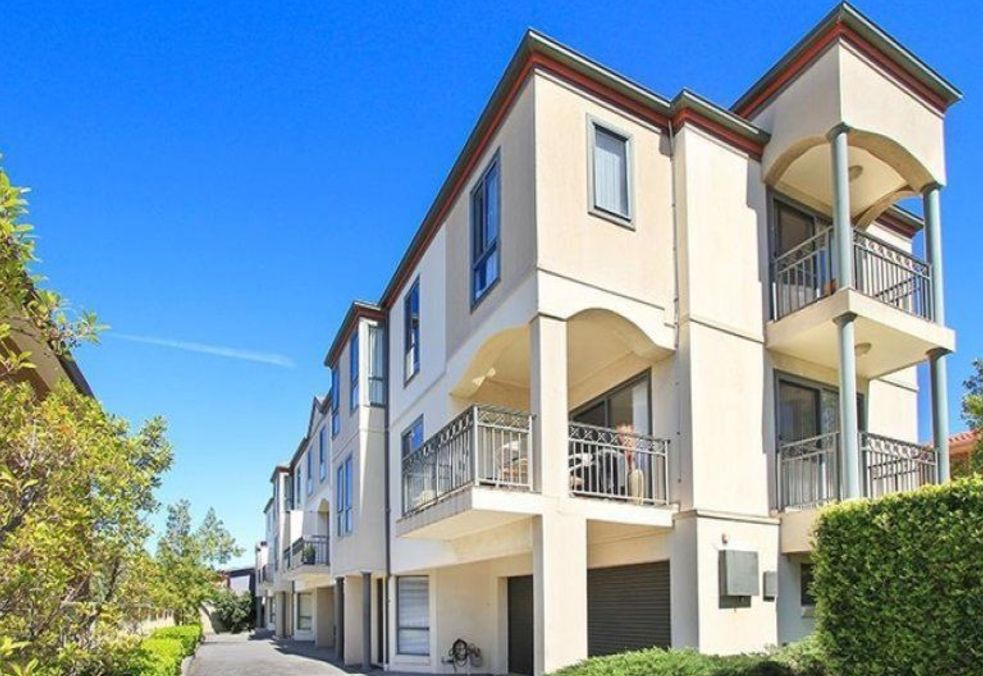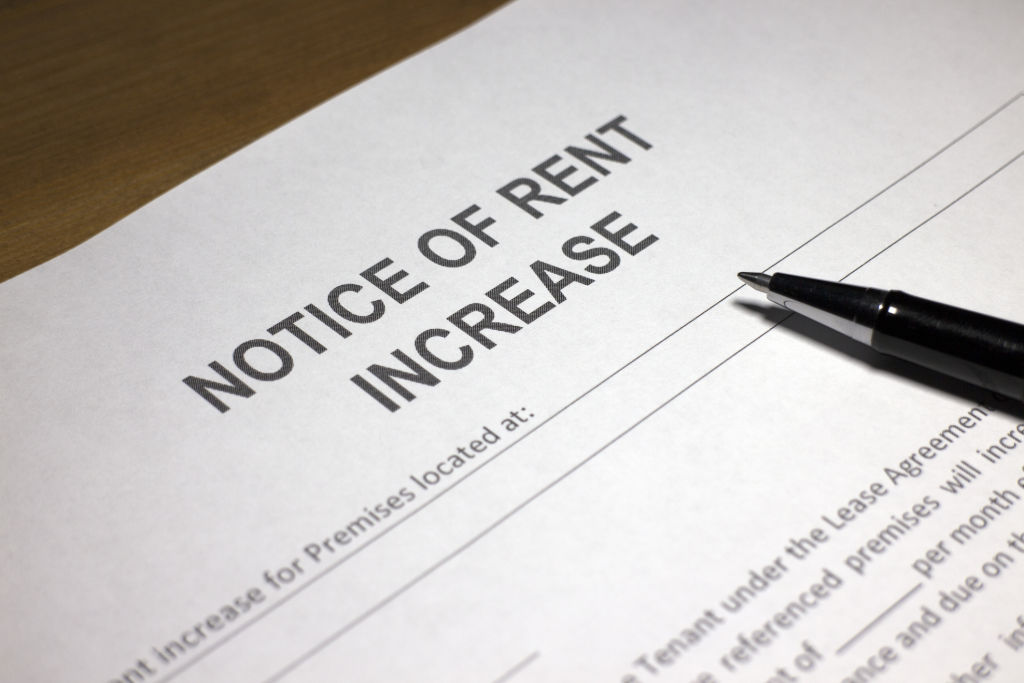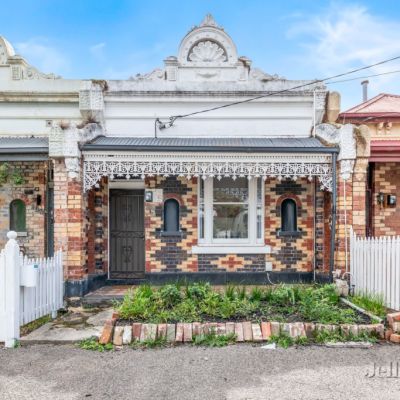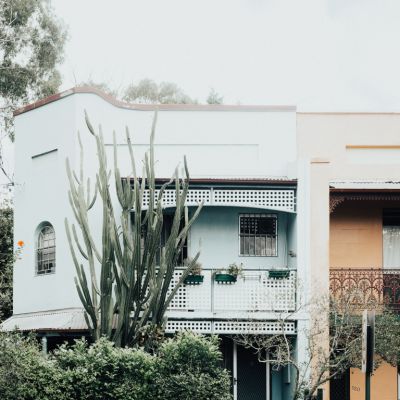Australia faces shortfall of 173,000 homes affordable to low-income earners: research

As Australia’s housing affordability worsens, the flood of people to regional cities is adding more pressure to renters on a low income, new research shows.
It’s a problem that looks to be growing as the coronavirus pandemic saw thousands of renters and buyers flee the cities to find a new home in regional areas with more room to breathe.
Even before the pandemic, there was a shortage of 173,000 homes affordable to low-income earners, the research found — an issue that will be in the spotlight as crisis-era eviction moratoriums soon expire.
The lack of affordable homes was forcing workers into longer commutes or expensive rentals, meaning some may find it hard to stay in work.
The findings were part of the study Urban productivity and affordable rental housing supply in Australian cities and regions undertaken with the Australian Housing and Urban Research Institute and academics from Swinburne University of Technology and RMIT.
The research investigated changes in the supply of private rental dwellings affordable to those on a lower income, revealing some of the worst-affected areas include major regional cities.
Geelong in Victoria and Wollongong in NSW, and the Gold and Sunshine coasts in south-east Queensland saw affordability worsen as rental vacancy rates are tight and competition is growing, pushing rents higher.
Lead author Nicole Gurran, of the University of Sydney, said the lack of affordable rentals saw low-income earners including retail and hospitality workers, fall deeper into financial distress as they were forced to rent more expensive properties.
Those who moved farther away from where they worked, faced “extreme commutes” from more affordable areas.
“Others may face barriers to entering [or staying in] the workforce, because of where they can afford to live,” Professor Gurran told Domain.

Private rentals in the inner city of Sydney and Melbourne were also fraught for those on a low income, and, even though rents in some areas had fallen over the pandemic, they were still unaffordable for many.
The research discovered critical shortages in these rentals for low-income earners, showing that even before the coronavirus pandemic, there was a need for 173,000 more affordable homes and units nationwide.
The largest number of those — about 60,000 — were in Sydney where 71 per cent of all lower-income earners in private rentals were paying rent they could not afford.
These numbers may now be worse, given the impact of COVID-19, Professor Curran said, with many low-income earners losing hours or losing their jobs because of the pandemic.
“I’d like to think it has improved but all the signs say this problem has gotten worse, not better,” she said.
The number of low-income earners paying unaffordable rents had risen substantially across all Australian metropolitan regions, jumping from 29 per cent in 2006 to 46 per cent in 2016, the research showed.
While the problem seems large, there were simple solutions governments could consider to ensure low-income earners could afford to rent in areas that were closer to where they worked.
That included Australian cities adopting a similar approach to that of the NSW government and councils through their Affordable Rental Housing scheme which encourage developers to include diverse and affordable rental properties, which would remain affordable for at least 10 years.
“It offers rental security for people on a low income,” Professor Gurran said. “That type of scheme could work really well as a quick fix.”
Governments also needed to look closely at their rental-support payments and extend the eligibility for those who are working, but still in need of rental help.
This would not only help those in financial hardship, but also benefit the wider economy, she said.
“Increasing the supply of housing affordable to lower income earners, and particularly rental housing, is an important strategy to support economic growth in areas of high employment opportunity, such as our capital cities,” she said.
“It is also essential to increase affordable rental supply in areas of new growth, supporting businesses and services which depend on attracting and retaining staff.”
We recommend
We thought you might like
States
Capital Cities
Capital Cities - Rentals
Popular Areas
Allhomes
More










